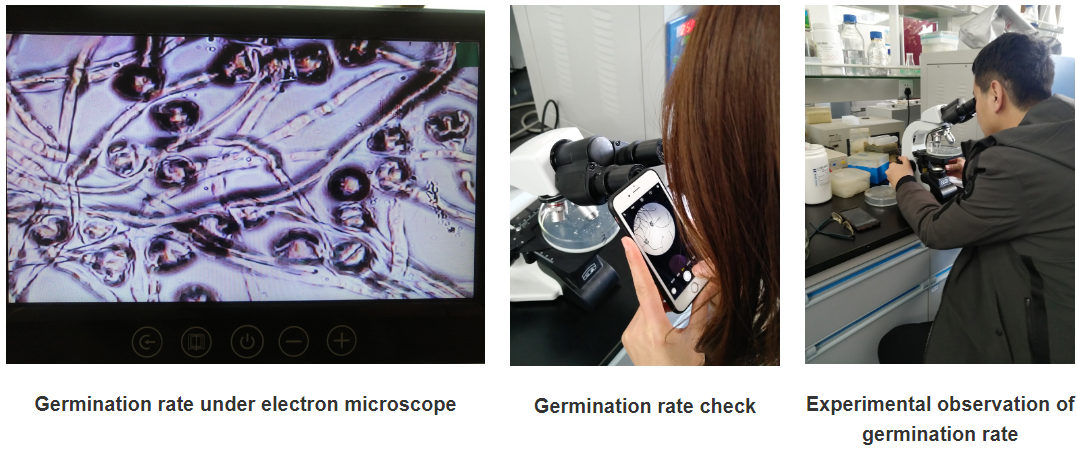ئاۋغۇست . 05, 2024 03:01 Back to list
Pollen Collection Practices for Male Kiwifruit Flowers Among Exporters and Their Impact on Production
Importance of Pollen Collection from Male Flowers of Kiwifruit Exporters
Kiwifruit, scientifically known as Actinidia deliciosa, is not only a popular fruit but also a significant component of many agricultural economies, particularly in regions where it thrives, such as New Zealand, Italy, and Chile. The successful cultivation and commercialization of kiwifruit heavily depend on proper pollination practices, which is where the collection of pollen from male flowers becomes crucial for kiwifruit exporters.
Kiwifruit plants have a dioecious flowering system, meaning that male and female flowers are borne on separate plants. For successful fruiting, pollen from male flowers is essential to fertilize the ovules of female flowers. The pollination process is primarily facilitated by bees, particularly honeybees, which transfer pollen from male to female flowers. However, the availability and effectiveness of these pollinators can fluctuate, making it imperative for exporters to ensure a reliable supply of pollen.
The practice of collecting pollen from male flowers serves multiple purposes in kiwifruit production. First and foremost, it enables exporters to supplement natural pollination, thereby enhancing the fruit set and improving overall crop yield. By collecting and storing high-quality pollen, exporters can provide consistent pollination support, which is particularly useful in cases where environmental conditions may adversely affect bee activity or where pollinator populations are sparse.
pollen collection of male flowers of kiwifruit exporters

Acquiring pollen involves carefully timing the collection to coincide with the anthesis period of male flowers. This timing is critical because it ensures that pollen is fresh and viable for fertilization. Exporters utilize various techniques to collect pollen, including gentle tapping of male flowers or using specialized tools that avoid damaging the delicate petals and reproductive structures. Once harvested, the pollen must be stored under optimal conditions to maintain its viability until it is ready for use.
Furthermore, the genetic diversity of pollen is a significant consideration for kiwifruit exporters. Different male varieties can produce pollen with varying genetic traits, which can influence not only fruit quality but also the resilience of the plants to diseases and environmental stressors. By strategically choosing which male varieties to collect pollen from, exporters can enhance genetic diversity in their orchards and ultimately improve resilience against pests and changing climate conditions.
Additionally, the commercialization of kiwifruit has fostered an increasing interest in optimizing pollination strategies. Research is being conducted to understand better the interaction between specific male and female varieties, as well as the role of factors such as climate, soil health, and bee behavior on pollination success. This scientific approach enables exporters to refine their practices, ensuring not only higher quality fruit but also the sustainability of their operations.
In conclusion, the collection of pollen from male flowers is a vital aspect of kiwifruit production that directly impacts the productivity and profitability of exporters. As the global demand for kiwifruit continues to rise, marrying traditional agricultural practices with innovative research and technology will be essential in maximizing the potential of kiwifruit orchards. By focusing on effective pollen collection and storage, kiwifruit exporters can boost their yield, enhance fruit quality, and secure a competitive edge in the market while also promoting sustainable agricultural practices.
-
Plant Pollen Analysis with GPT-4 Turbo AI Technology
NewsAug.04,2025
-
AI-Powered Plant Pollen Analysis Using GPT-4 Turbo
NewsAug.03,2025
-
Plant Pollen Analysis: Fast & Accurate with GPT-4 Turbo
NewsAug.02,2025
-
KiwiPollen with GPT-4 Turbo: AI Health Supplement Boost
NewsAug.01,2025
-
Pollen Peach Tree AI Management with GPT-4-Turbo
NewsJul.31,2025
-
Eco Fruit Paper Bags for Peak Freshness | Durability Focused
NewsJul.31,2025